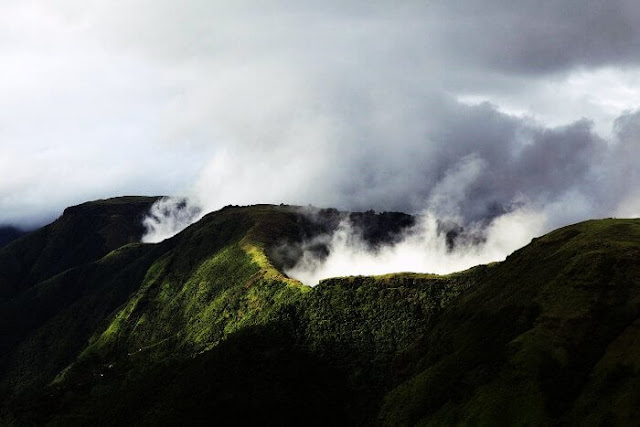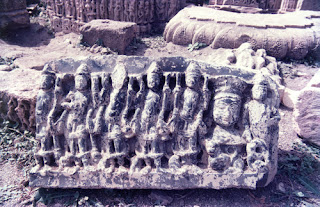BEAUTY OF SILENT VALLEY, KERALA
LOCATION
Situated in the Kundali Hills of the Western Ghats, the Silent Valley National Park holds a profitable store of uncommon plants and herbs. The recreation center is rich in its natural life, and elephants, lion-tailed macaques and tigers are the most well-known natives of this park. A visit to this park ought to be viewed as a lifetime experience, as this is the last illustrative virgin tract of tropical evergreen woods in India.
Despite the fact that littler in size in contrast with the other national parks in India, what makes it novel is the sylvan environment the area has alongside its high elevation tops and a few waterways that gone through it.
Quiet Valley has an exceptionally significant history in contrast with the other untamed life parks in the nation. The neighborhood name for the recreation center is Sairandhrivanam (the woods in the valley) and had been a focal point of hot open deliberations and challenges in the many years of the 70's and 80's of the twentieth century. The historical backdrop of the recreation center goes path back to 1888 when the area was pronounced a held area under the Forest Act and later told as a Reserved Forest by the Government of Madras in 1914.
In the later 50% of the 1970's, Kerala State Electricity Board chose to develop a Hydel Power Project in this district and when in 1980, this locale was proclaimed as National Park, the zone of Hydel Project was excluded. This began furious talks and dissents and the Board needed to drop its arrangement. In this way, in 1984, the recreation center was again renotified as a National Park with the undertaking region included. In 1986, the Silent Valley was announced the center zone in the Nilgiri Biosphere Reserve.
History of silent valley
In the later 50% of the 1970's, Kerala State Electricity Board chose to develop a Hydel Power Project in this district and when in 1980, this locale was proclaimed as National Park, the zone of Hydel Project was excluded. This began furious talks and dissents and the Board needed to drop its arrangement. In this way, in 1984, the recreation center was again renotified as a National Park with the undertaking region included. In 1986, the Silent Valley was announced the center zone in the Nilgiri Biosphere Reserve.
Best Time to Visit Silent Valley
The Silent Valley National Park is a substantial precipitation area with the spots in the higher elevations getting the most elevated downpour. The normal precipitation in the locale fluctuates somewhere around 2800 and 3400 mm. The recreation center gets the greater part of its precipitation amid the southwest storm from June to December. The relative moistness is impressively high amid this season with the greatest now and again going to 95%. April and May are the most blazing months while January and February are the coolest months, however very little distinction in the temperature is experienced.
Tourist Attraction
The vegetation of this park is tropical soggy evergreen woodland with the exceptional status of Rain Forests. The primary plants are teak, semal, amla, rosewood, and bamboo.
On the premise of elevation, one can partition the vegetation sorts in four distinct classes. The tropical evergreen woods involve broad thick timberlands along the slopes and valleys. The sub tropical slope timberlands take the zones of higher elevation while the mild woodlands are portrayed by the irrelevant evergreen species with a thick shut covering. The prairies are for the most part restricted to the higher slants and ridges in the eastern segment.
Fauna In Silent Valley-The recreation center has a solid fauna populace with a significant number of the imperiled species living here. Most generally seen here are elephant, tiger, lion-tailed macaque, gaur, wild pig, puma and sambar. Some different types of untamed life have additionally been recorded here including 15 types of spineless creatures, two fishes, and two creatures of land and water.
The recreation center has an aggregate of 26 types of well evolved creatures and 120 types of avifauna, a large number of them considered jeopardized. Aside from these, there are 11 types of snakes, 19 types of creatures of land and water, and nine types of reptiles in the recreation center.
How To reach silent Valley
Via Air - Peelamamedu Airport, Coimbatore (155 km from the Silent Valley National Park). Coimbatore is the closest air terminal and there are general flights to Chennai, Kozhikode, Mumbai, and Madurai of the Indian Airlines and Jet Airways.
By Rail - Olavakkode Railway Station, Palghat (75 km from the Silent Valley National Park). The closest railroad station is Palghat associated with every one of the metros and a large portion of the other essential urban areas of the nation by customary trains.
By Road - Mannarghat (32 km from the Silent Valley National Park). Mannarghat is the closest essential township from where one can get transports to every one of the spots in the area like Palghat, Coimbatore and others. There are incessant transports from Palghat to the Silent Valley National Park. Transports are likewise accessible from Coimbatore to the recreation center.

















































